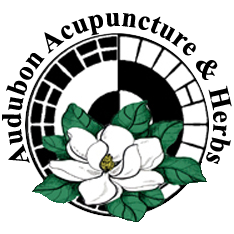Looking Forward to Tai Chi Benefits and Advantages
Tai Chi can greatly benefit and give out tremendous advantages that one can never imagine. It is both therapeutic and healthy. Aside from that, it can also be a sort of martial art but only a few recognize that it is somewhat a slower version of Chinese kung fu. It determines no age, you can be as young or as old as you can get. It puts no boundaries between the weak and the strong. It also connects the energy levels of men and women. Tai Chi is neither limited nor choosy.
Practicing Tai Chi need not command certain limitations like traveling through distance, space availability, appropriate attire and equipments for practice, weather conditions, and overwhelming fees. Tai Chi is an exercise that you can perform consistently due to its features that is not bounded by certain conditions.
Benefits of Tai Chi
Looking Tai Chi in a different way can make you cultivate its many wonderful benefits. It’s up to the person on how he or she would use the benefits to his or her advantage.
General – Benefits in general are those that comprises of the whole person including mind, body and spirit. Tai Chi serves as a tool for developing dynamics and possibilities. If practiced at a daily basis, it will facilitate longevity and promote good health. Through its meditative aspect, it provides sufficient relaxation that eliminates accumulated stress and tension which in return, revitalizes and nurtures the body. The principle of perseverance and self-discipline are also cultivated.
Occupational – The benefits in which it provides individuals who are working their butts off to be able to release a relative amount of tension and stress that is acquired upon working. Tai Chi provides training for the awareness of stressful and inefficient patterns of motion that are non-productive and debilitating to the physical aura of the body. After performing for 30 minutes, at least, the individual will feel more the significance of Tai Chi through its rejuvenating and revitalizing effects.
Geriatric – Benefits regarding old people can be numerous. First, Tai Chi provides opportunities for adults in the older stage to experience exercises that can be good for their health. Tai Chi is an exercise that can be done, in observance and precaution, by anyone especially those belonging in the geriatric stage.
Now, older adults can perform exercises without restrictions or limitations through the practice of Tai Chi. There are different movements which Tai Chi is concerned about. A lot of people can do certain range of motion even if they are at a standing or sitting position. It overcomes an individual’s incapacity to a possible state.
For the newcomers and older people, Tai Chi is an easy grasp because of the slow, smooth movements. The result? Internal and external health that brings a motivational vitality that is lacking in individuals that are aging. Therefore, Tai Chi can bring about significance to those lacking or needing exercise.
Advantages
1. Affordable.
No special, expensive equipments needed to start the session. Clothing can be of any kind for as long as it keeps you moving freely and is comfortable. The environment can be outdoors or indoors, windy, cloudy, sunny, name it.
2. It can be a nice way of socializing.
3. Tai Chi is a progressive exercise that becomes more effective and intriguing.
4. It is pleasurable and interesting.

Recent Comments